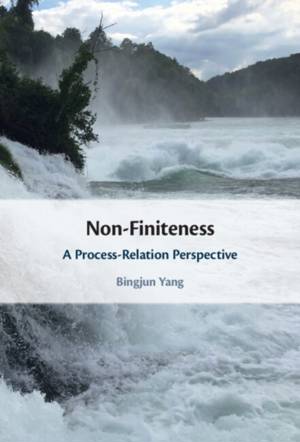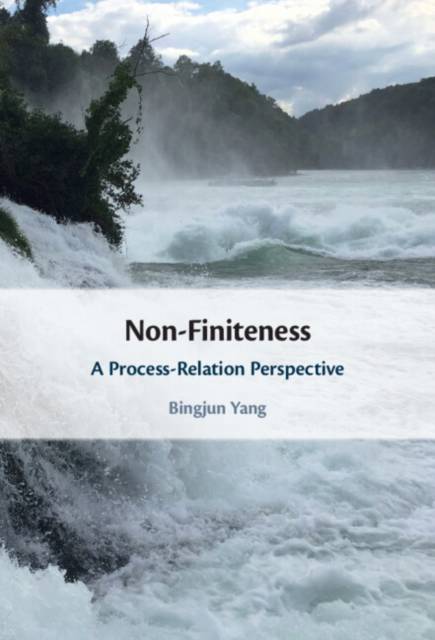
- Afhalen na 1 uur in een winkel met voorraad
- Gratis thuislevering in België vanaf € 30
- Ruim aanbod met 7 miljoen producten
- Afhalen na 1 uur in een winkel met voorraad
- Gratis thuislevering in België vanaf € 30
- Ruim aanbod met 7 miljoen producten
Zoeken
Omschrijving
'Non-finiteness' is a phenomenon that occurs in most natural languages, whereby a verb is not inflected by grammatical tense, and does not possess the grammatical features of aspect, mood or voice. Various theories have been developed to explain their distribution and their role in clause structure, but many instances of non-finiteness remain unaccounted for. Taking a functional approach, this study proposes a 'process relation framework' to explain the more complex, previously unaccounted for, instances of non-finiteness in clause structure. It applies the framework comparatively to non-finiteness in English and Chinese, showing how it can be applied across typologically distinct languages. Drawing on corpus-based instances and observations, it introduces numerous thought-provoking cases, in which constructional (or combining) types and the predictability of non-finiteness co-occur. In terms of application, non-finiteness is decisive in categorising language types, and it is critical in processing natural languages, text segmentation and annotation in particular.
Specificaties
Betrokkenen
- Auteur(s):
- Uitgeverij:
Inhoud
- Aantal bladzijden:
- 252
- Taal:
- Engels
Eigenschappen
- Productcode (EAN):
- 9781316513415
- Verschijningsdatum:
- 28/04/2022
- Uitvoering:
- Hardcover
- Formaat:
- Genaaid
- Afmetingen:
- 152 mm x 229 mm
- Gewicht:
- 508 g

Alleen bij Standaard Boekhandel
+ 397 punten op je klantenkaart van Standaard Boekhandel
Beoordelingen
We publiceren alleen reviews die voldoen aan de voorwaarden voor reviews. Bekijk onze voorwaarden voor reviews.








